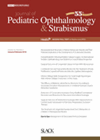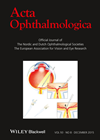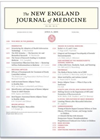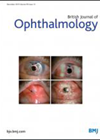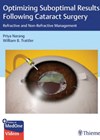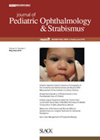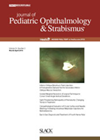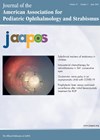You searched for "surgery"
Potential gender and degree of deviation bias regarding perceived urgency for surgery
This study aimed to define potential factors that influence the perceived urgency of strabismus surgery by ophthalmologists. This was a survey study which comprised questions regarding demographics of the ophthalmology respondents and a ranking of eight photos of adults with...A population based follow-up study on pseudoexfoliation and cataract surgery
1 April 2016
| Bheemanagouda Patil
|
EYE - Glaucoma
n association between pseudoexfoliation (PEX) and cataracts has been shown in many previous studies. Recently, the Australian Blue Mountains Eye Study, using the Wisconsin Cataract Typing and Grading System, observed an increased prevalence of nuclear cataract in eyes with PEX....

